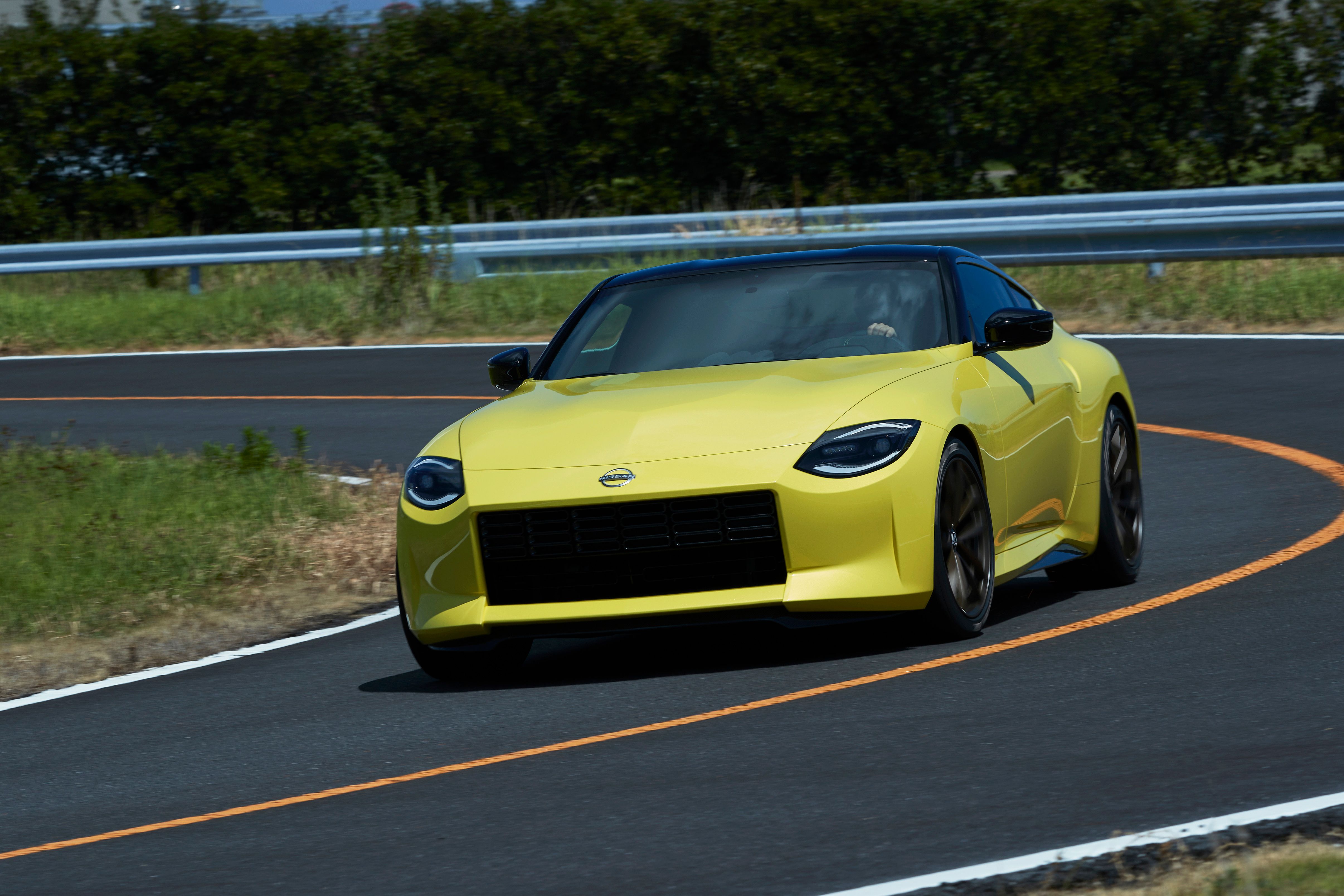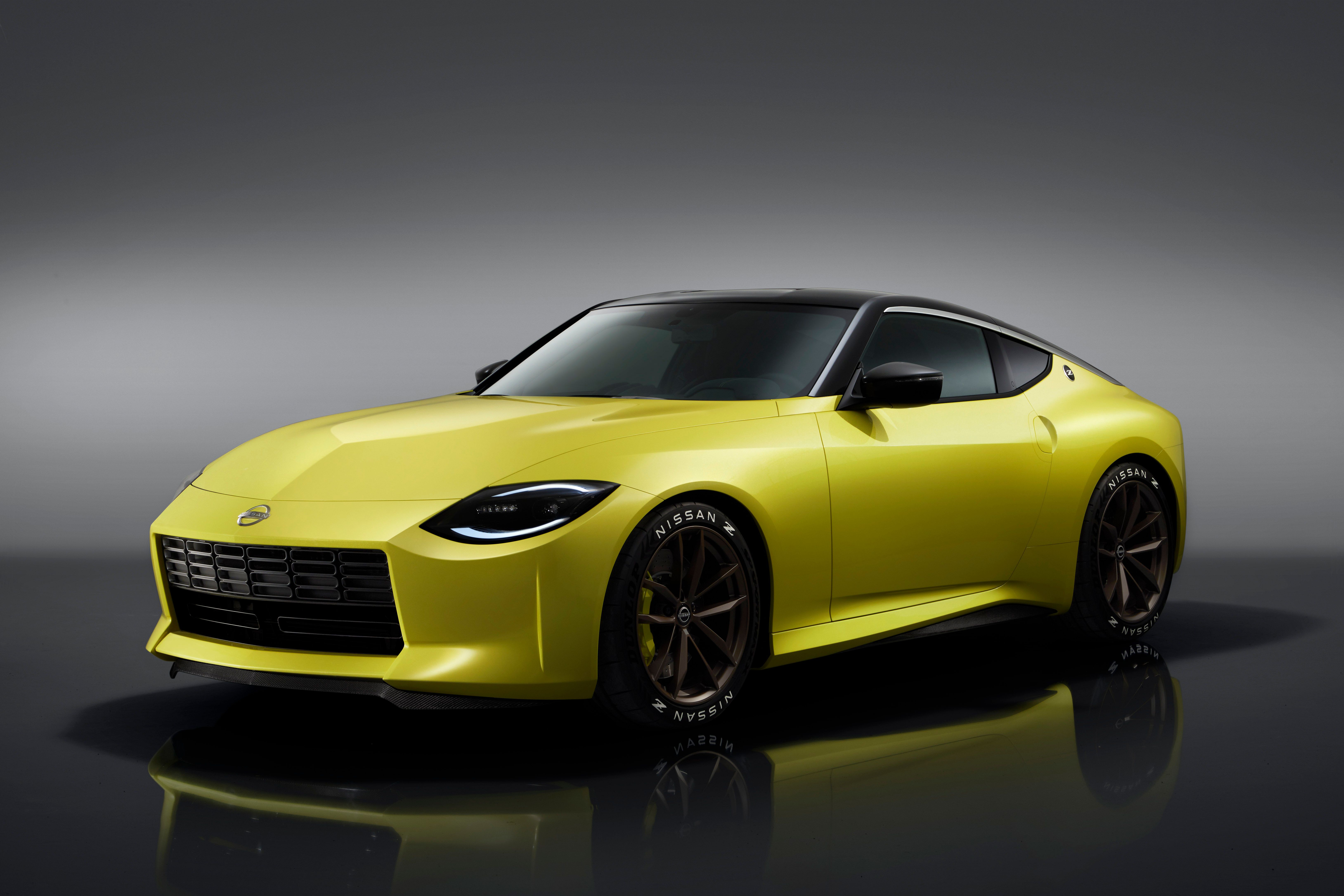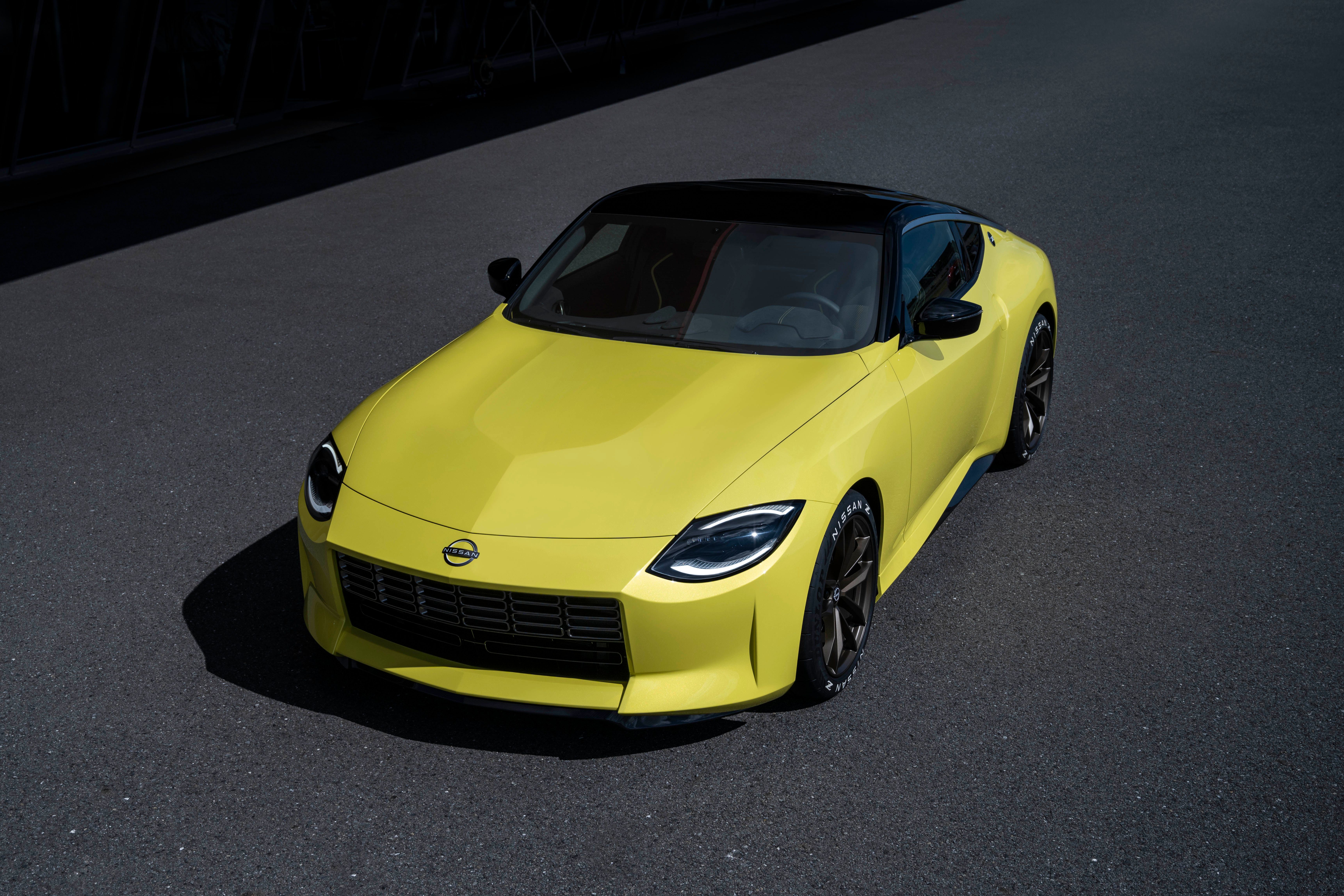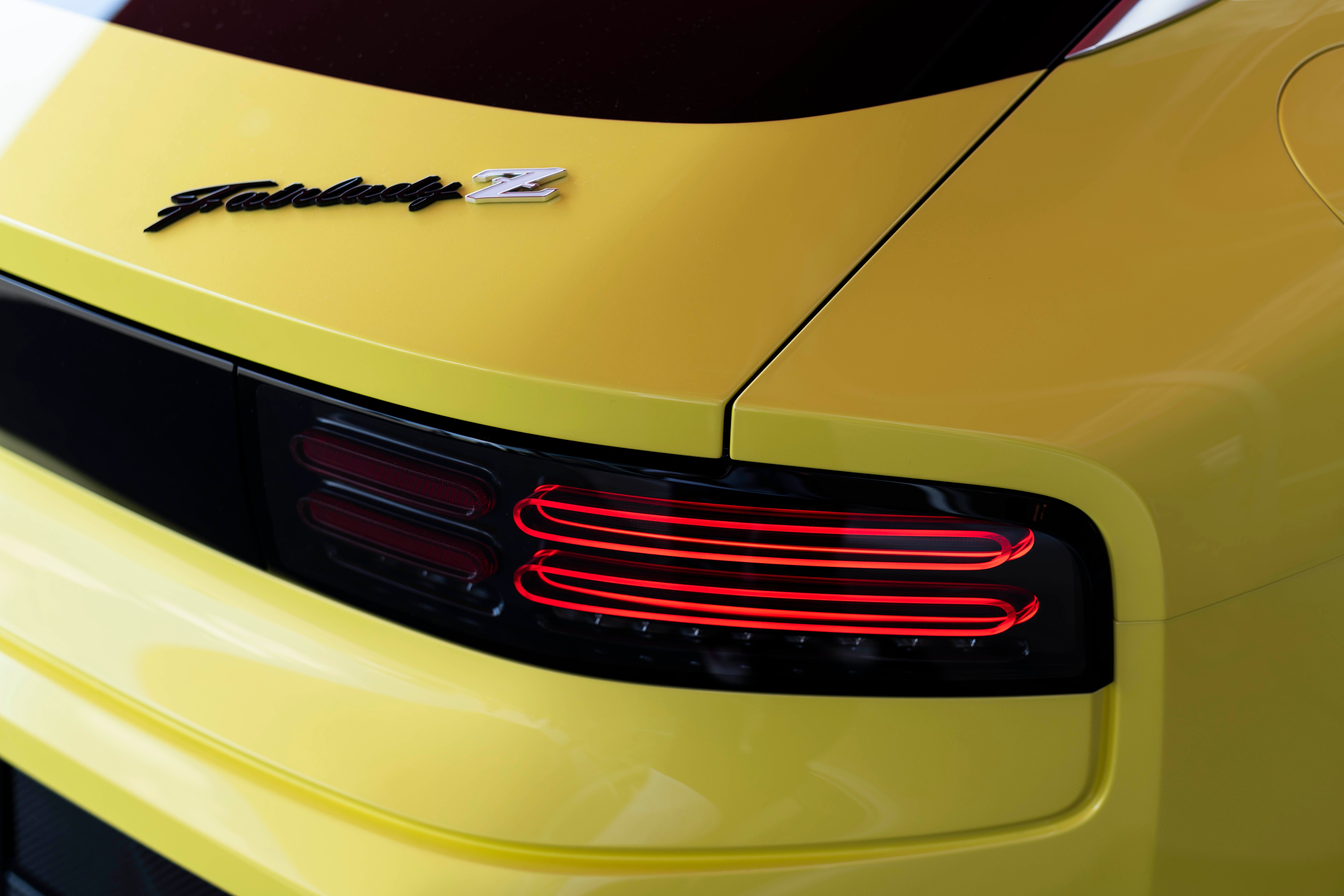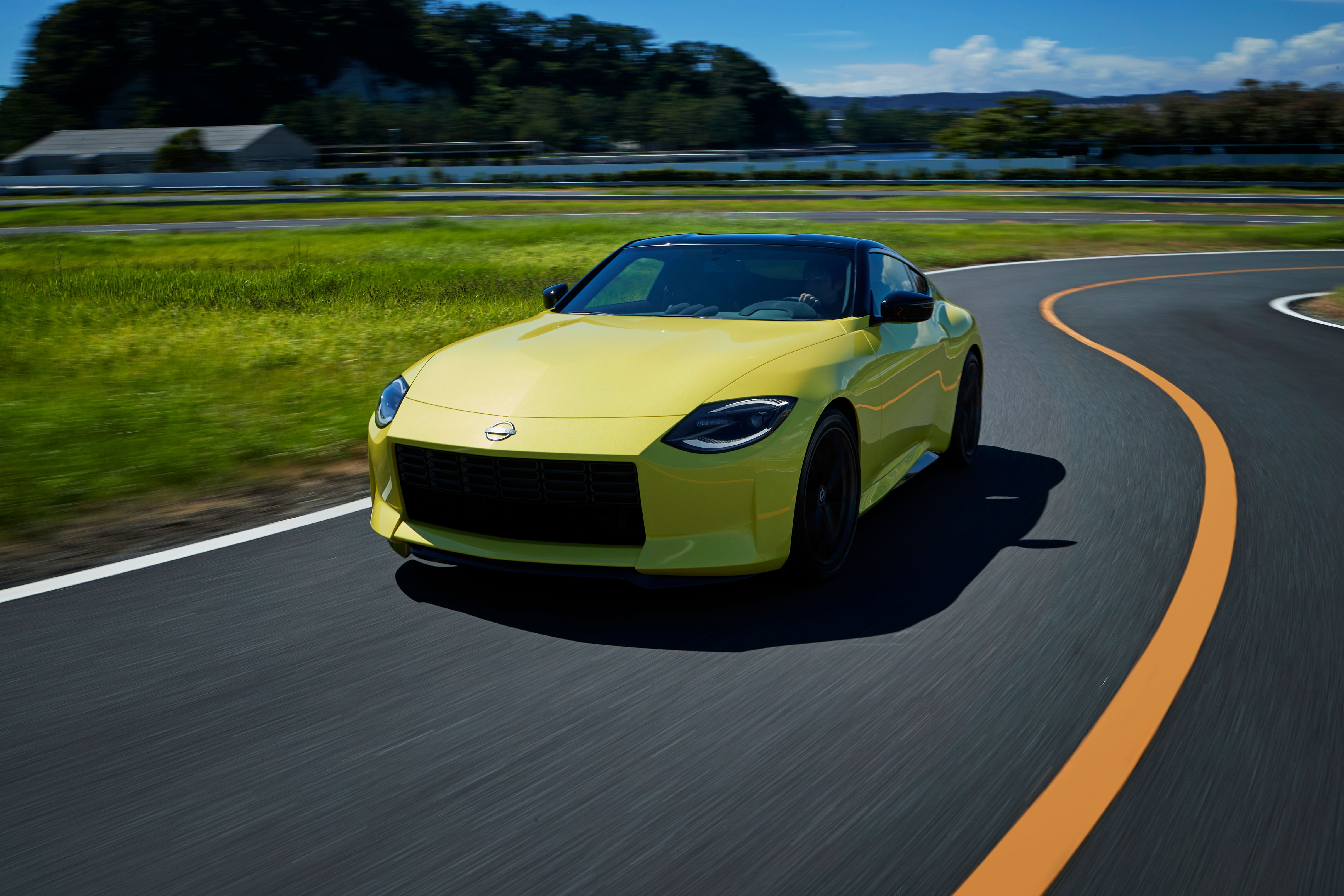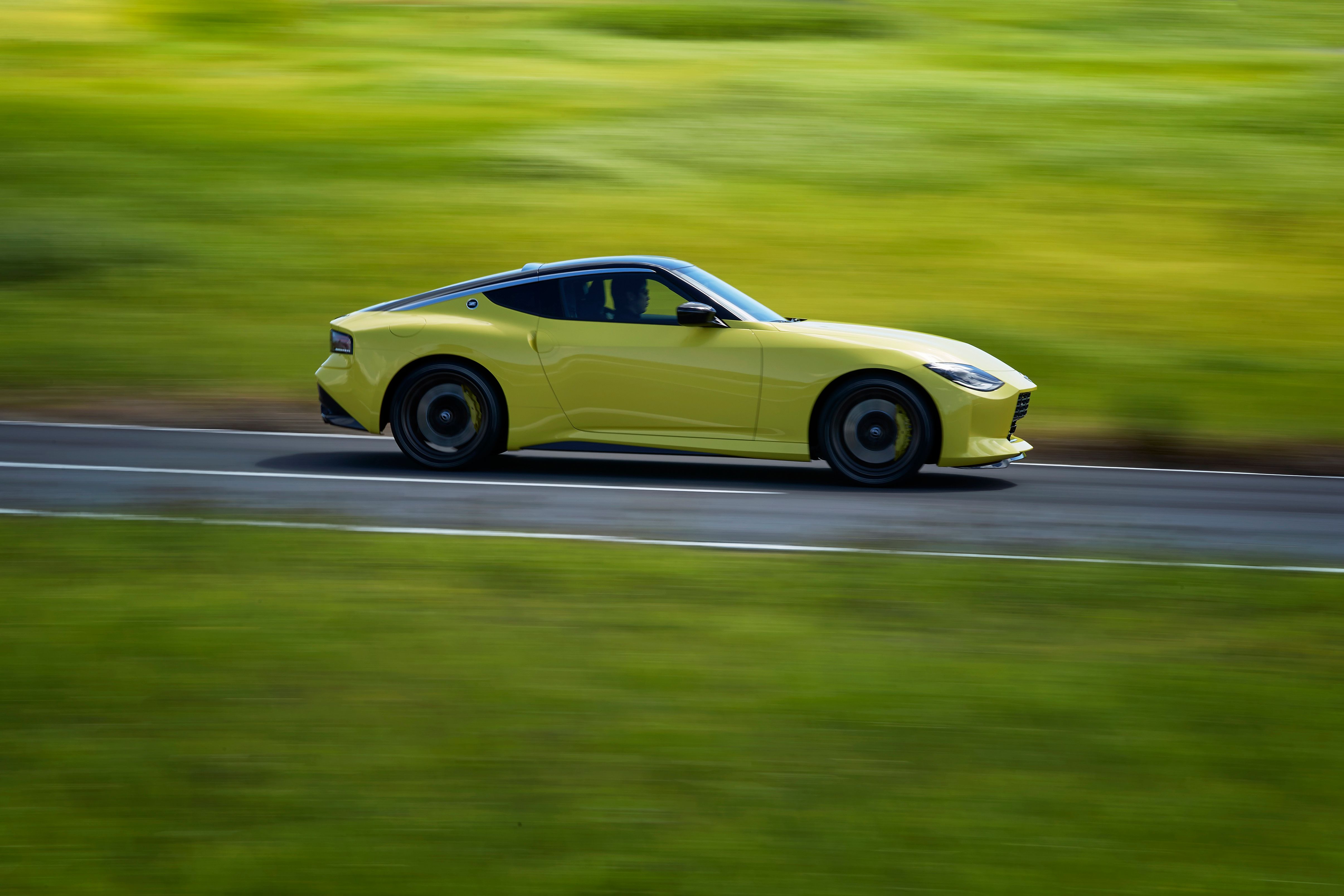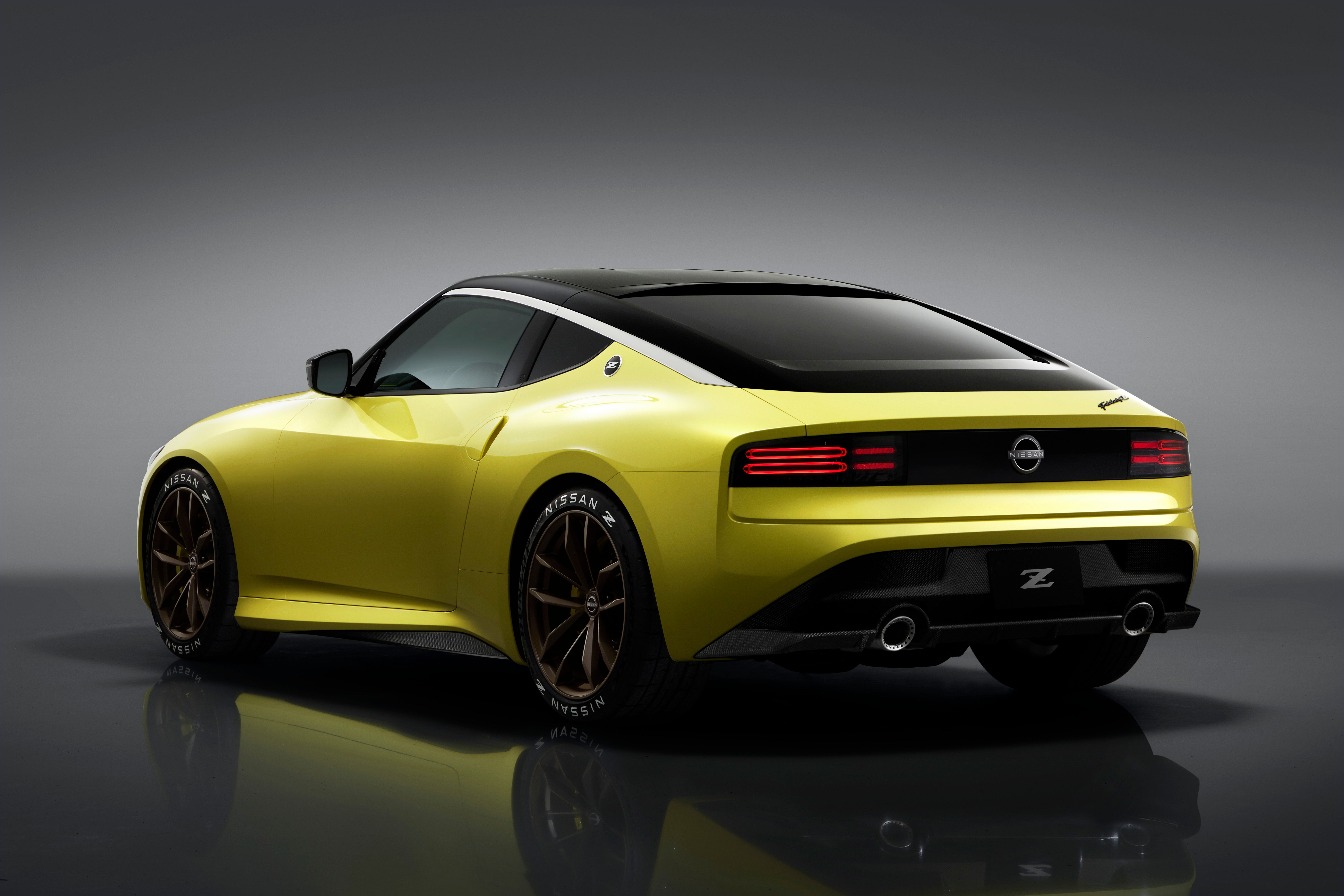The 2022 Nissan Z is currently one of the hottest cars around, even before it has actually gone on sale. After 13 years of milking the 370Z, the Japanese brand has finally come up with a new Z-car. The formula is the same – two seats, rear-wheel-drive, a powerful engine up front, and a manual gearbox (unless you get the automatic). Essentially, it’s a proper old-school sports car. That said, a known fact is that the new Z will carry a lot of stuff over from the 370Z. In the minds of some, this hardly justifies the purchase of the new Z, but we are here to tell you why using bits from the 370Z is actually a very good thing!
What’s the same?
The Nissan Z will feature a modified version of the 370Z (Z34) platform. This is actually a massaged version of the 350Z (Z33) platform. Essentially, the Nissan Z is based on a modified version of an already modified platform, which dates back to 2001. This might look like a bad thing, especially considering Nissan’s financial situation, which isn’t exactly great, but the 370Z carried on for 13 years with the same platform, and it was still a very capable and pure sports car.
Why this is good?
A proven platform. When developing a proper performance car like the Nissan Z, cutting corners is the worst possible route. With this in mind, would you have preferred if Nissan had come up with a brand new chassis developed on an extremely tight budget? Nissan did the right thing and used a modified version of an already proven platform.
Affordability. Another reason why using architecture familiar from the 350Z and 370Z is that it allows Nissan to sell you the car at a more affordable price.
The Nissan Z is pure JDM. Nowadays, we are used to seeing joint projects in the automotive world. This is especially true when it comes to sports cars. Due to the increased demand for more eco-friendly vehicles and the relatively small market share of sports cars, most manufacturers don’t have a lot of incentive to make their own sports car.
In order to retain a presence in the sports car scene, carmakers cooperate with one another. You can see it with the Fiat 124, which is based on the Mazda MX-5 Miata and is even built on the same production line at Mazda’s Hiroshima plant. Other examples would be the Toyota GR86 and Subaru BRZ, which are twins, and let’s not forget the biggest offender – the Toyota GR Supra.
Everyone is guilty of carrying over tech from previous generations
Let’s not forget that Nissan is not the only carmaker carrying over existing tech into its newer models. While some manufacturers do it solely for the purpose of cost-saving, others simply have hardware that’s so over-engineered that it has transcended the lifespan of the model it first debuted on. A case in point being the Mercedes OM646 diesel engine, used since 2002, which even found its way into the Infiniti Q50. After 2010, the OM651 picked up the torch, but it was essentially the same engine just updated.
Of course, regardless of the reason manufacturers are using old tech, it needs to be updated in order to comply with the latest standards. There are countless examples of tech carry-over and Nissan themselves have more than one example of that, but the practice is completely justified.
Conclusion
Starting from the architecture and overall shape of the car, the new Nissan Z is strikingly similar to the 370Z. Of course, unlike the Z34, the new car brings the retro-vibe of the 1969 Datsun 240Z. Some might say it’s too familiar for a brand new model, but is it really a bad thing when the previous generation was so good?
In conclusion, we can say that the 2022 Nissan Z is shaping up to be a cleverly engineered, well-priced, and pure Japanese sports car for the enthusiast. Should it really turn out to be as good as we are led to believe, Nissan might just make it out of the Rabbit hole.

